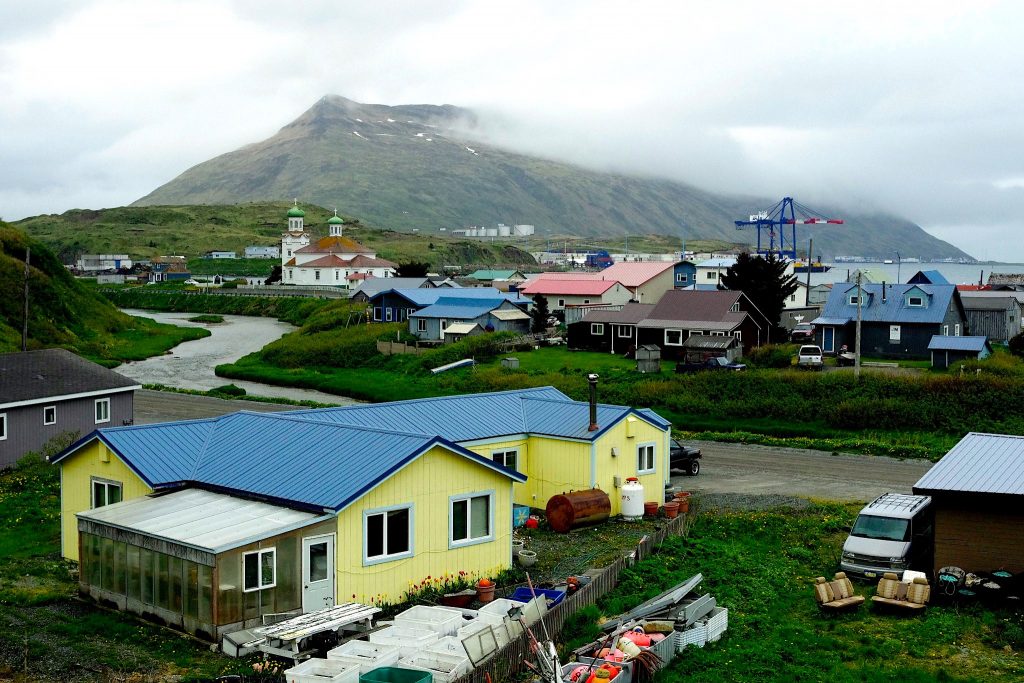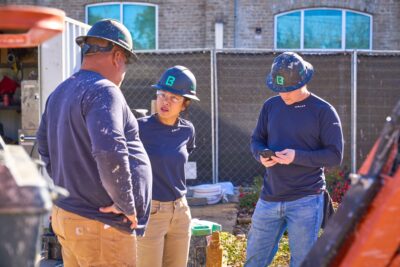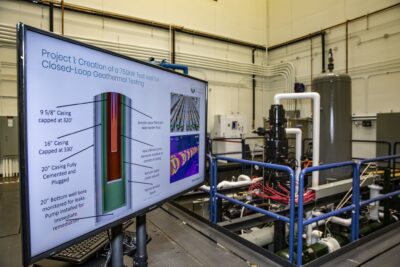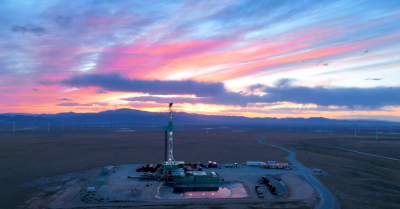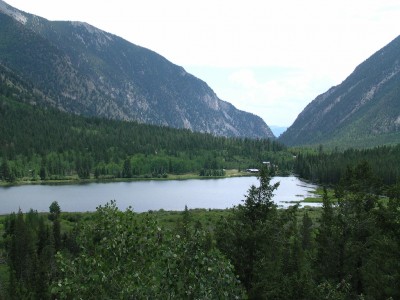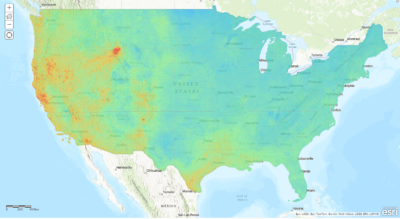Turning off diesel power with geothermal in Unalaska
The Unalaska geothermal project in Alaska, U.S. could provide a great sustainable source of energy both for power and heat to this local fishing community.
A recent article by a technology company shares some of the details on what makes the planned Unalaska geothermal project in Alaska a truly inspirational project.
With the weather quite rough in this part of the world, data on weather is important not only for the local population and businesses, but also for the development of the Unalaska geothermal project. Intellisense is providing a system providing weather data to the project.
Located in the heart of the Bearing Sea, Unalaska Island has been eyeing the development of a geothermal project and we reported for the first time on it in 2009, but realistic steps for a full-scale development came in 2020.
The development is planned on the slopes of the Makushin Volcano, one of the most active of Alaska’s 52 volcanoes.
For Bernie Karl, the co-founder, president, and director of the Ounalashka Corporation and Chena Power, Makushin presents a tremendous opportunity to bring geothermal power to Alaska. The project would reduce Alaska’s carbon footprint and maintain the natural beauty for which the state is renowned. A new geothermal plant could supply sustainable energy and food to the nearly 4,500 residents around Dutch Harbor, while also bolstering local businesses and tourist activity.
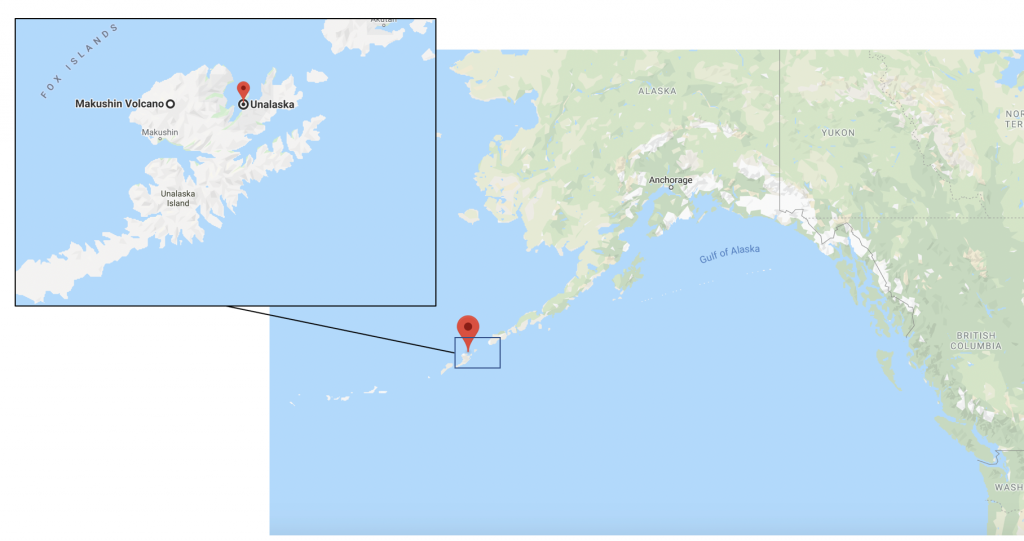
“This project is the poster child for the world,” Karl explains. “We are aiming to turn off diesel power plants and bring zero emissions to Dutch Harbor in our first phase.”
Currently, Unalaska Island relies on two diesel-powered plants for electricity. This geothermal project would eliminate the island’s need for 3.5 million gallons of diesel fuel and reduce their carbon footprint by 39,000 tons of CO2 every year. In addition to making the island more sustainable, the project will also aid in food production. Alaska imports 98% of its food, and with very short spring and summer seasons near the Arctic Circle, it does not have the time or geography to cultivate enough food during the long winter months. Karl hopes that the second phase of this project is to make Alaska its own breadbasket.
“We will start to set up greenhouses, powered by geothermal energy, to aid in food production and limit our reliance on imported foods,” Karl continued. “We can use this new source right from Alaska to improve our lives. Now people can get fresh food within 24 hours instead of the two weeks it currently takes to reach them. It’s game-changing!”
A recently discovered geothermal well could supply 15–25 MW of renewable power to the island. However, the proposed plant was 14 miles from the nearest city, with no roads connecting it to the geothermal well. To build their geothermal power plant, Ounalashka Corporation and Chena Power required weather data from the construction site, including wind speed and direction, precipitation, lightning distance, and visibility, to ensure the safety of personnel and equipment. They installed an MWS (R)–C500 because it includes a built-in data logger and autonomous Iridium satellite communications, as well as visibility measurements and a 360 degrees panoramic camera.
Through three months of deployment near Makushin Volcano, the C500 has surpassed Chena Power’s expectations. The autonomous weather reporting works without cellular coverage, and information from the site can save them from making the 14-mile trek on their snowmobiles during the cold winter months. The integrated solar power system and battery pack also ensure that they receive weather reports and site imagery at any time of day. When the project began, Karl and his team thought that it would be impossible to make progress through the winter. Now, thanks to weather data from the C500, they can.
“This project would not be possible without this weather station,” Karl explains. “We have no roads or helicopters in these remote areas, and no weather data. How were we to know if it was safe to work? Now with the C500, we know the weather so we can keep working. We are very thankful that we found this weather station and formed a great partnership to further enable this project.”
Check out the descriptive video that is part of the original article with great sights of Unalaska, and insights on the potential role for the project.
Source: IntelliSense
Note: Additional updates on the project can be found in this article of June 2021 by Anchorage Daily News.
